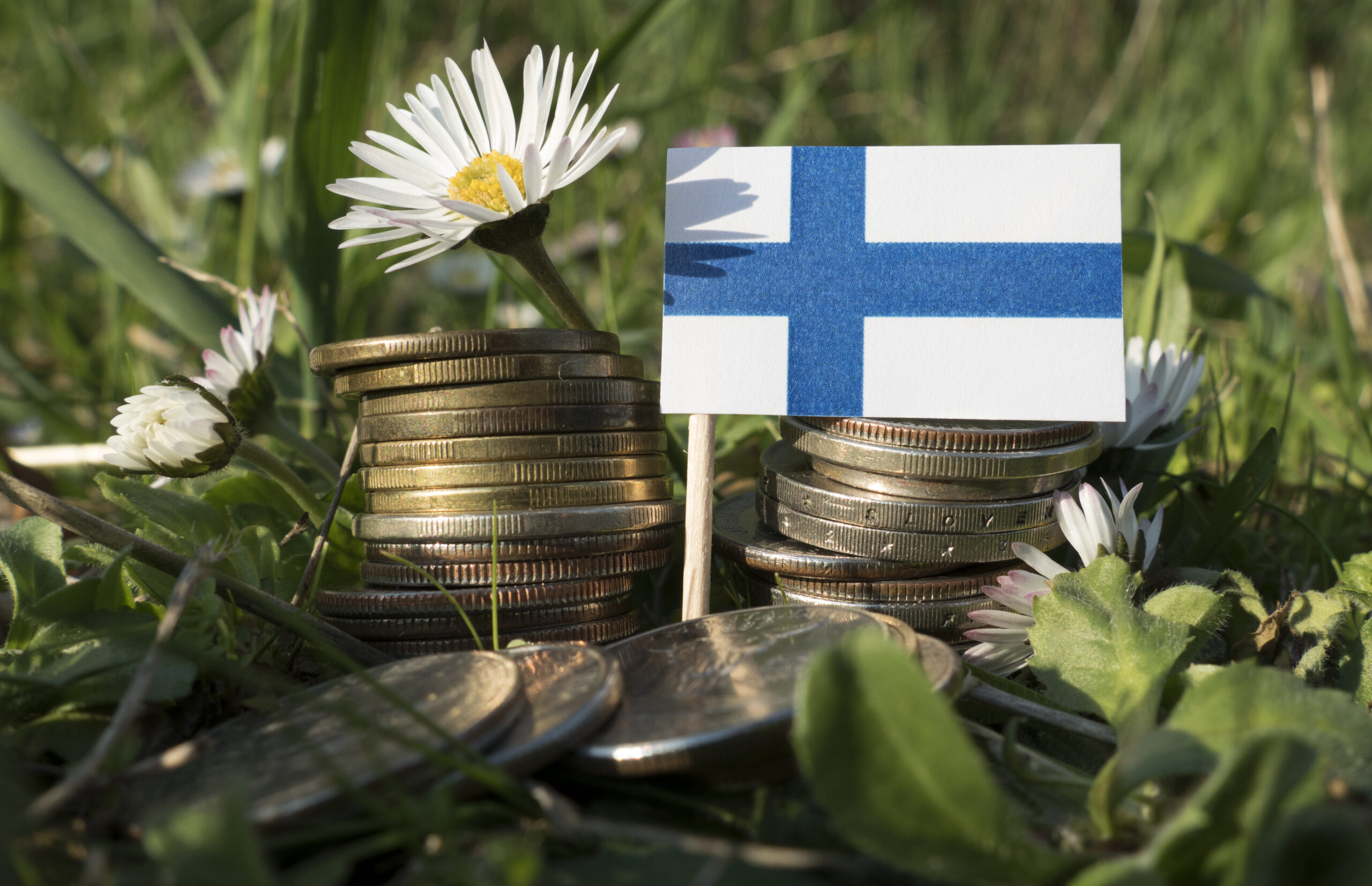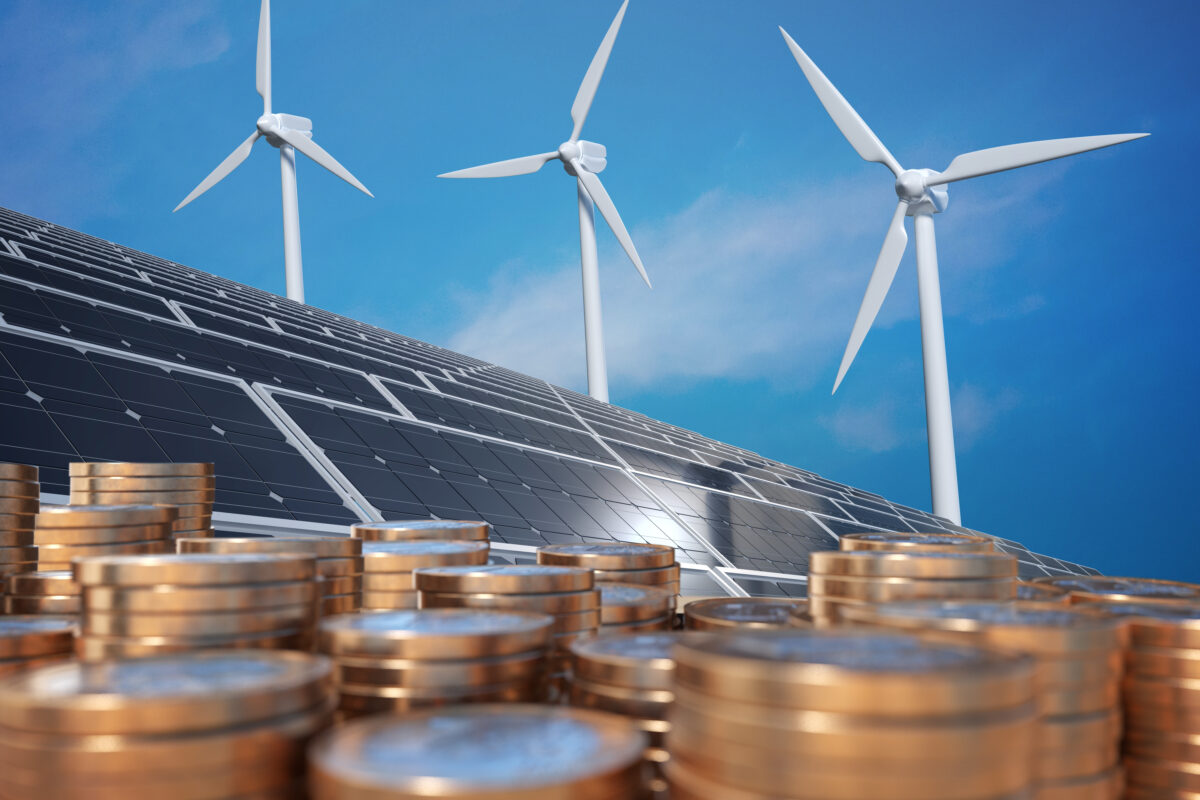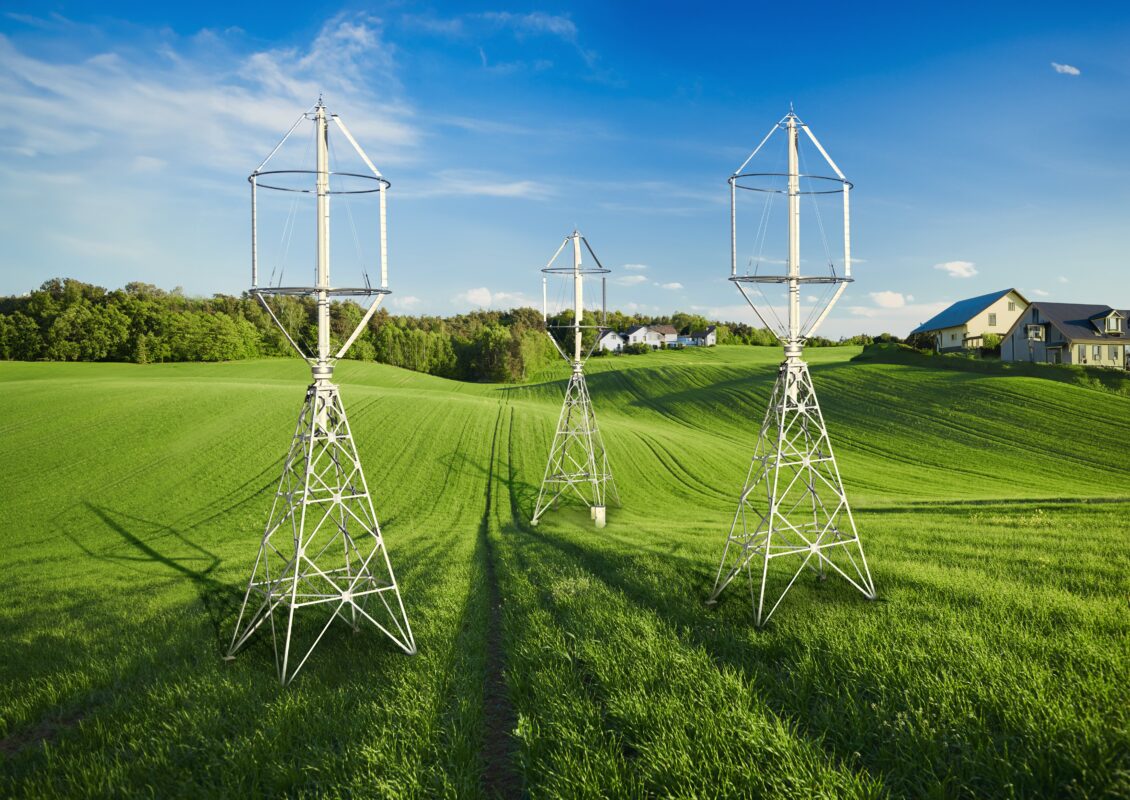Finland is at the forefront of Europe’s energy transition, with renewable sources contributing more than 60% of its energy mix and that number is growing with each year. Onshore wind power plays a key role, thanks to the country’s ample wind resources. Notably, Finland achieved Europe’s second-highest onshore wind capacity addition in 2022, driven by its clear and ambitious energy transition targets, including reaching carbon neutrality by 2035. Additionally, Finland has revised its energy consumption targets, aiming for at least 51% of final energy use to come from renewables.
The government has launched multiple initiatives to accelerate renewable energy adoption and reduce reliance on fossil fuels in sectors such as transport and electricity generation. One of the ways the Finnish government plans to spread the use of renewable sources is through subsidies for households and companies who are interested in investing in small wind turbines (SWTs) and other renewable energy sources. From grants to investment options and loans – get to know different way of financing wind turbine energy.
Types of Financial Support
Finland’s wind energy sector is flourishing, thanks to robust financial backing and targeted government initiatives. The state’s active role, including increased funding for wind power research, feasibility studies, and streamlining the permitting process, highlights its dedication to speeding up wind energy expansion. In 2022 alone, a subsidy of 1.5 million euros, building on previous financial support, significantly boosted wind power projects.
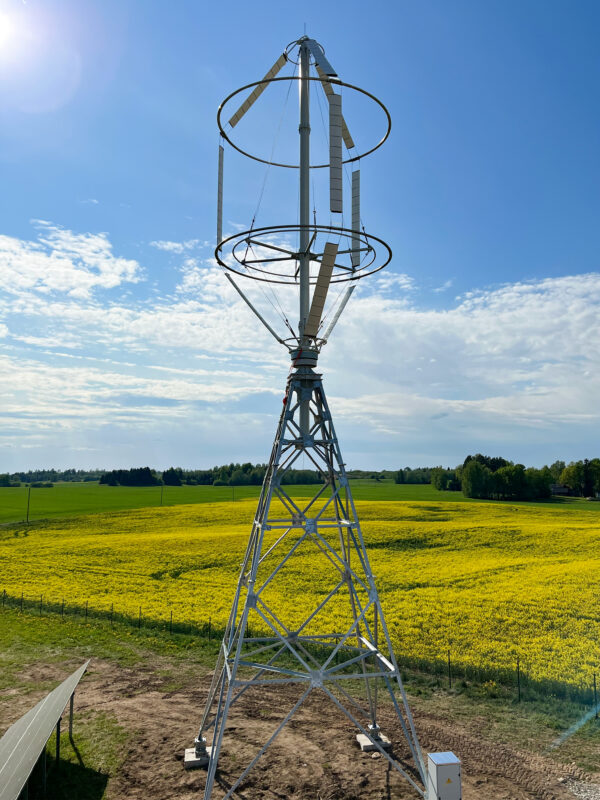
A strong focus on local involvement also drives the industry, with property taxes and radar compensation fees serving as key motivators. Wind projects benefit local economies through property tax contributions to municipalities and compensation for radar system upgrades in specific areas (Finnish Wind Power Association). These financial measures, coupled with a gradual reduction in tax values, help to foster wind investment while benefiting local communities.
The collaboration between government backing, corporate investment, and community involvement fosters a highly supportive landscape for Finland’s wind energy sector, driving remarkable progress toward a sustainable energy future.
Wind Turbine Grants
Finnish households and companies can count on various wind turbine grants, both on the government and local levels.
A prime example of Finnish local authorities who want to support investors who are interested in small wind turbines are Åland Islands. There are no clean energy policies specifically tailored for Finnish islands, but the Åland Islands, with their special autonomous status, have crafted their own energy and climate strategy targeting 2030. While most national support programs do not extend to Åland, the Åland Government offers financial incentives for renewable energy projects and energy efficiency measures. These include funding for solar panels, small wind turbines, electric vehicle chargers, and energy management systems. Finnish Islands are the perfect place for this kind of plan because as it turns out, this region has a big potential for wind development. A large wind farm has the potential to generate enough electricity to meet half of Finland’s current energy production.
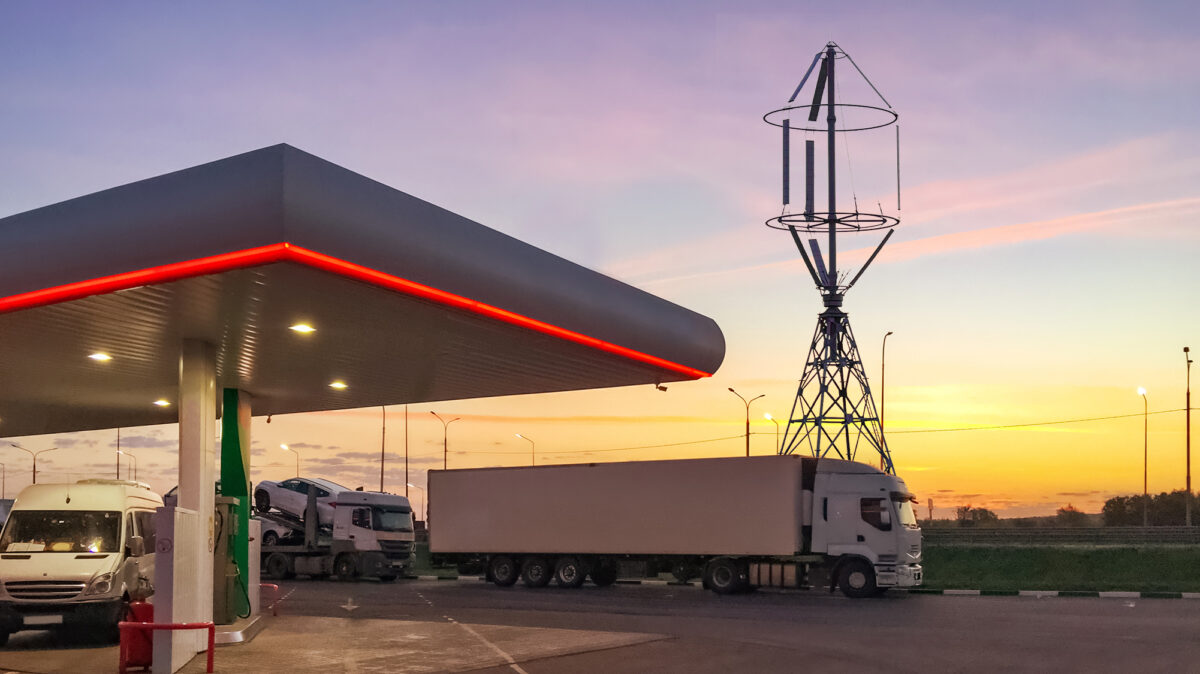
Investment Options for Small Wind Turbines
PPAs are a popular method of investing in small wind turbines in Finland. More commonly known as Leasing and Power Purchase Agreements, this type of investment is very attractive for families and companies, because of the low cost (or in some cases any cost). In PPA it’s the interested company that covers the cost of installation and wind turbine maintenance. Then said company can buy the produced energy at an agreed rate.
Financing and Loans
Several local banks in Finland provide loans and financing options for small-scale renewable energy projects. Banks such as OP Financial Group and Nordea are worth exploring for tailored loan products.
Are you interested in financing your small wind turbine and want to know if it’s a good solution for you? Contact us to evaluate wind potential in your area.
Financial Benefits of Small Wind Turbines
Wind energy systems, including small wind turbines, can help protect households and businesses against rising electricity prices by reducing dependence on fossil fuels and eliminating the need for water or air-polluting emissions. For those building homes in remote areas, a residential wind turbine can offer an alternative to the high costs of extending utility power lines to the property.
While the upfront cost of wind energy systems can be substantial, they can become cost-competitive with conventional energy sources, especially when factoring in available incentives and long-term savings on utility bills. The payback period—the time it takes for your savings to cover the initial investment—varies based on factors like the chosen system, local wind resources, utility rates, and how the system is utilized. In some regions, leasing a wind turbine may also be an option.
Advantages of Small-Scale Wind Turbines
One of the biggest perks of small wind turbines (SWTs) is energy independence. With a small turbine, families and businesses can generate their own electricity, cutting down on their reliance on the grid. This is especially helpful in remote areas or during power outages and emergencies when staying connected matters most.
And we can’t forget about the environmental benefits. Wind energy doesn’t produce greenhouse gases, making it a cleaner alternative to fossil fuels. Small wind turbines not only help improve local air quality but also contribute to the fight against climate change.
On top of that, small wind turbines are efficient and versatile. Over time, they can help you save you a lot compared to buying electricity from traditional sources. Plus, with different sizes and designs available, they can be customized for all kinds of settings—whether it’s a home, farm, or even a city.
Interested in cutting your energy bills with a small wind turbine? We offer a free site feasibility survey to help you get started. Contact us to learn more.
Additional Considerations
Costs of Installation and Maintenance
Like most equipment, your small wind turbine will require regular maintenance and occasional repairs to ensure optimal performance. Here are key warning signs to watch for:
generator maintenance: routine upkeep is essential for the generator’s efficient operation. The blades are the most significant maintenance cost, as they need replacement every few years due to wear from wind and weather.
tower upkeep: towers should be inspected and repaired periodically, as they are constantly exposed to the weather.
battery care: batteries also need replacement every few years, depending on the type and capacity.
Of course, the cost of maintenance will be a lot lower, if you invest in high-quality products, like Freen small wind turbines. Learn more about our SWT’s here.
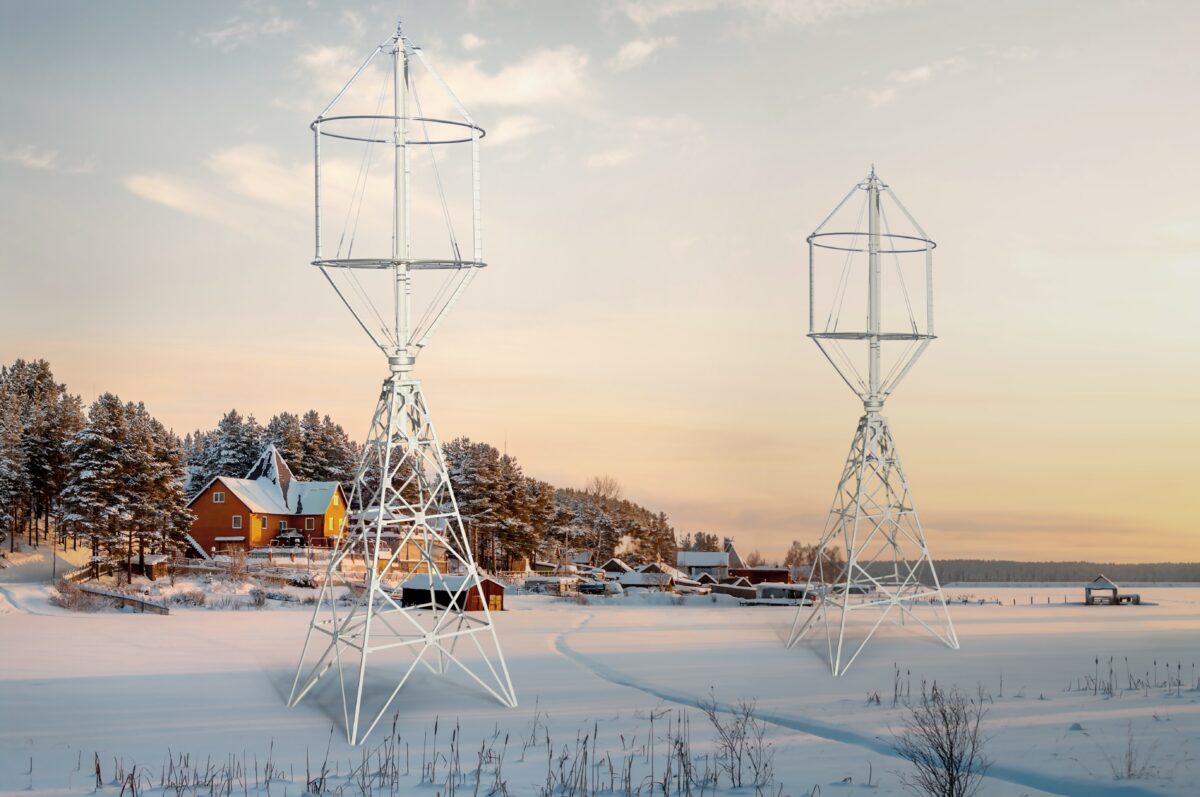
The Future of Financial Support for Wind Energy
Finland’s wind energy market is set for major expansion, driven by significant investments and ambitious capacity growth targets. Favorable market conditions, such as competitive pricing, rising demand, and strong turbine finance support, have made Finland’s onshore wind sector an appealing option for investors. According to the Finnish Wind Power Association, the substantial investments and favorable landscape suggest a promising future for the industry.
Finland holds significant potential for wind energy, with 121 GW of new wind power projects in the pipeline. As a result, Finland’s onshore wind capacity is expected to grow from just over 5GW in 2022 to 20GW by 2030, with an annual capacity increase of 2.1GW. Offshore wind farms are also expected to experience significant growth.
Finland can also count on partners amongst the biggest companies in the world. Corporate PPA’s with corporations like Amazon, Google, and Equinix ensure profitability and stability in the wind energy market in Finland. These agreements not only offer financial stability but also promote the development of new wind farms, helping to meet Finland’s growing demand for clean energy.


